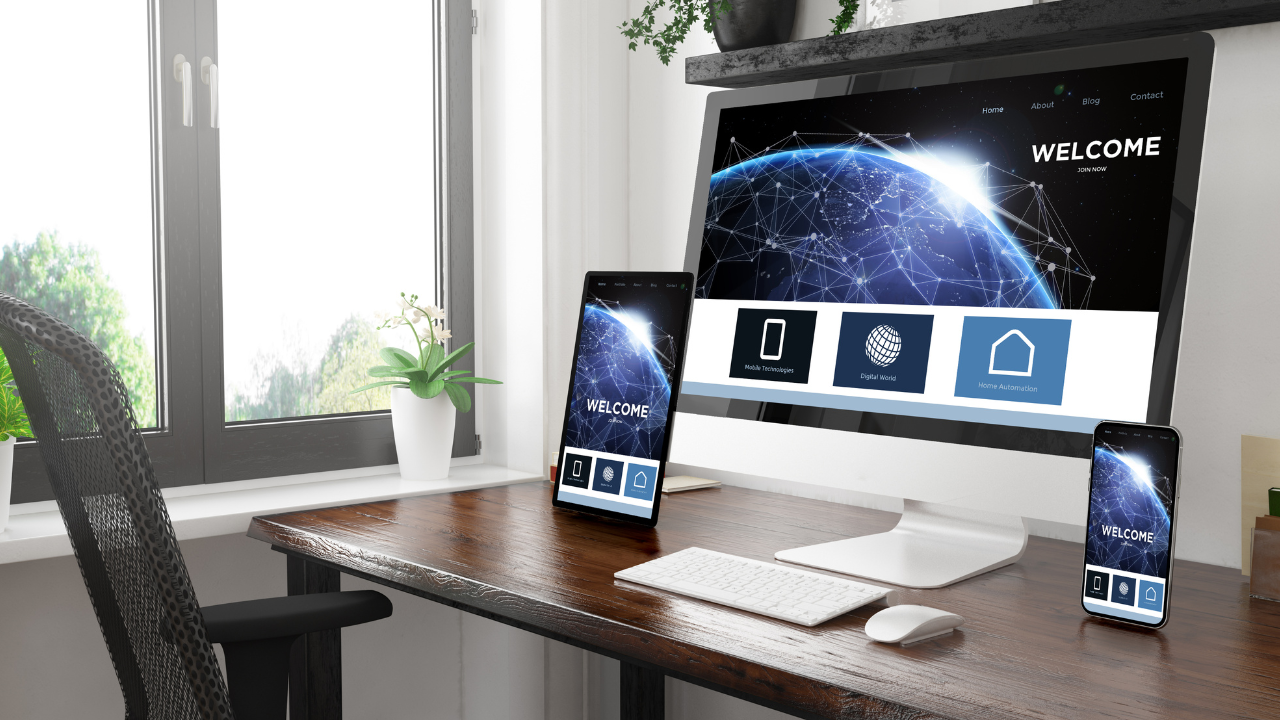Best Practices for Managing Media for My Business

Media Management is the process of organizing, retrieving, and creating new media files for your business. A media manager is often responsible for managing all types of media, including photos, documents, audio, videos, etc. Let's learn why and the best practices for managing media for business.
Why Establish A Media Management System?
Creating a practical media library for your business requires careful planning and attention to detail. Whether you have several hundred thousand files or thousands, a media library can be one of the most challenging aspects of a successful business.
There should be a media management system for your company as it
- Maintains control over all of your media
- Prevent lost or stolen images or videos
- Retrieve important media quickly and easily
- Organize your media based on keywords
- Store and retrieve photos by dates
- Share files securely
- Make backups
- Protect your intellectual property
- Enhance SEO
- Improve brand recognition
- Promote your products
- Use existing tools
Types Of Media For Your Company
Before deciding what tools to use, it's essential to know the purpose of your media management tool. There are many ways to do this and many different types of media.
So, let's break down the types of media you might manage for your company.
Photos:
Photo is the most popular type of media for most businesses. If you want to store and access your photos, there are a lot of different tools you can use.
Here are some examples:
- Flickr is an online photo-sharing community that lets users post, view, and organize their photos.
- Google Photos allows you to upload, store, and share photos with your friends and family. It automatically backs up your photos and stores them in the cloud.
- Instagram has been a massive success for photographers. It provides you with the ability to create a social profile that looks like a magazine.
- Facebook allows you to add photos to your Facebook profile and share your pictures with others.
Videos:
Videos are a prevalent type of media. They're easy to create and can be a great way to promote your business.
Here are some examples:
- YouTube is a video-sharing website that allows users to upload, edit, and share their videos.
- Wistia is a free, simple, and easy video editor that allows you to make your videos.
- Facebook allows you to add videos to your profile and share your videos with others.
Audio:
Audio is an excellent way to keep your customers informed about your products and services.
Here are some examples:
- Soundcloud is a web-based audio platform that lets users upload and share audio files.
- Audacity is a free and open-source audio editor.
- Dropbox is a file hosting service.
- Google Drive is another way to store your files in the cloud.
Best Practices for Managing Media for My Business
- Make sure you have a good understanding of what media works best for your business. It is key to making sure you are using the right media for your audience.
- Determine which mediums will help you achieve your goals. For example, if you want to generate more leads, you may use social media. If you're going to attract more clients, you may use email marketing.
- Use suitable media to reach your target audience. You need to understand your audience and where they are most likely to be found online
- Use suitable media to promote your business. You should focus on creating content that will attract your audience to your site or blog.
- Promote your content with suitable media. You can use social media, email marketing, search engine optimization, and other tools to promote your content.
- You need to monitor your performance and use this data to determine which media works best for your business.
- Make sure you are measuring the success of your media efforts. You should be able to track the performance of your media efforts to help you understand how you can improve them.
- If you want to take your marketing to the next level, you may consider hiring a digital marketing agency. These experts can help you use the right media for your business.
Different Types Of Storage Solutions For Your Media.
There are a few different types of storage solutions for media. The most common one is a hard drive. You can also use a USB drive, a memory card, or a thumb drive. A hard drive is a physical device that contains files. Hard drives come in various sizes, but the most common ones are 1TB and 2TB.
A USB drive is similar to a flash drive but is more compact and can be used on various devices. A memory card is a small, removable memory chip that you can store data on. A thumb drive is a tiny, removable memory stick.
A hard drive is a good option for storing large amounts of data, like a digital video recorder. Hard drives are typically larger than other storage solutions and are usually found in external hard drives.
A USB drive is an excellent choice for storing smaller amounts of data. It's convenient because it's easily portable and can be used on various devices. USB drives can be used to store music, photos, and videos.
A memory card is a good option if you want to store lots of small files. It's easy to use and can be stored on various devices. Memory cards come in different sizes.
A thumb drive is an excellent option if you want to store small amounts of data. It's convenient because it's small and can be easily carried around. Thumb drives can be used to store music, photos, and videos.
Maintaining a Good Relationship with the Media Partners
A media partner is someone who you work with to help you create a successful business. They are an integral part of your team and are responsible for helping you build a brand and increase your online presence.
Media partners are usually hired by entrepreneurs who want to grow their online businesses. These individuals need to be able to market their products and services to attract attention. It involves creating quality content, developing a social media strategy, and working on search engine optimization.
As an entrepreneur, you need to make sure that you maintain a good relationship with your media partners. If they provide you with excellent service, you should appreciate them. On the other hand, you need to let them know if they are not doing their job correctly.
Your media partners are there to help you succeed, so you mustn't treat them like your enemy. It would help if you showed them respect and appreciation. It will help you grow your business and help your relationship last longer.
Using Social Media to Build Brand Awareness
Social media platforms like Facebook, Twitter, Instagram, and LinkedIn offer businesses several ways to generate brand awareness. These include sharing links to articles on your company's blog, uploading video testimonials from clients, and tweeting tips about your products and services.
When people visit your company's social media page, they can share your posts with their friends and followers. It means they're more likely to see your posts. People also like to see the opinions of their friends and followers, so they might be more likely to take any action based on what they read.
By using social media to promote your business, you're creating a two-way street between your business and your audience. They're building a relationship with you and helping you to reach potential customers.
The key is to use social media platforms that your target audience uses: Twitter, Facebook, LinkedIn, Pinterest, YouTube, or other social media platforms.
Facebook, for example, is the most popular social media platform, so it makes sense to create a Facebook page for your company. On Facebook, you can connect with your audience and offer information that helps them learn more about your company.
You can use these connections to recommend new products and services that complement your business, or you can offer special promotions to increase sales. It all depends on the type of content that appeals to your audience.
When people visit your company's Facebook page, they see the posts that other people share with their friends and followers. If those people take action based on what they saw, it increases the likelihood that your posts will also be seen.
Shall I use a Social Media Calendar?
A social media calendar is a tool that helps you plan the work you do in a particular period. It enables you to keep track of the tasks you need to perform at different times. It's like having a personal assistant helping you out. It helps you stay focused and productive throughout the day.
There are multiple benefits of using a social media calendar. They include:
- Reducing the chances of missing out on essential tasks.
- Reducing the stress caused by being overwhelmed.
- Having a daily routine to follow.
- Making it easier to schedule meetings and events.
- Improving your ability to manage your time.
- Organizing your team members and delegating the work they do.
Optimize Your Social Profiles for Maximum Exposure
Social media profiles are the most important asset to building an online business or blog. You need to make sure that your social profiles are optimized to generate maximum engagement and traffic.
The first step to building a social profile is to create a strong presence by filling out all the required information like name, email address, website, bio, etc. Once you have completed your social profile, you should optimize it to receive maximum exposure and traffic. In this article, we will discuss some of the best practices to optimize your social profiles so that you can obtain full engagement and traffic.
1. Add a strong bio
Your bio is the first thing that comes up on your profile. Make sure that you fill all the required fields with complete and concise information about yourself. It is essential to describe your skills and work experience in detail. Also, include links to your website and social media accounts. It will help people to navigate quickly to your profile.
2. Choose a good cover photo
The cover photo is the first impression of a person or company. Make sure that it is clear and attractive. Avoid using generic images such as flowers, people, etc. Choose something unique that you can easily remember. Also, try to avoid using photos of people close to the camera, as this will not allow users to get a good impression of you.
3. Add links to your website and social media accounts
Most social media profiles will ask you to add a link to your website. It is imperative to keep it visible so that your visitors can navigate easily to your profile. If you don't have a website, you can always use Squarespace or Wix to create a free website. Make sure that you add the link to all your social profiles.
4. Add all your social media handles
Include all the relevant social media handles for all your social profiles. If you have more than one social profile, make sure to include all your social media handles in them. It is crucial to list your social media accounts in sequential order. Also, try to have a screenshot of your profile so that visitors know exactly what your social media profile looks like.
5. Include your email address
It is a good practice to include an email address in your social media profiles so that people can contact you quickly. If you have any questions, they can always write to you at that email address.
6. Add your website address
Make sure to include your website address in your social profiles. In most cases, this will be a link to your website. However, if you don't have a website yet, you can use Squarespace or Wix to create one.
7. Include your phone number
Include your phone number in your social profiles so that people can contact you quickly. They can always call you at your mobile phone number if they have any questions.
Conclusion
In conclusion, In the end, your business will depend on your ability to manage your media. You can either be a passive consumer or an active producer. The choice is yours.
Do you feel like you are struggling with putting "strategy" and "business growth concepts" in place that make a difference? Doing it all is overwhelming! Let’s have an honest discussion about your business and see if the Power of 10 can help you. Click “HERE” to have a great conversation with our team today.
Written and Published By The Strategic Advisor Board Team
C. 2017-2021 Strategic Advisor Board / M&C All Rights Reserved
www.strategicadvisorboard.com / info@strategicadvisorboard.com











